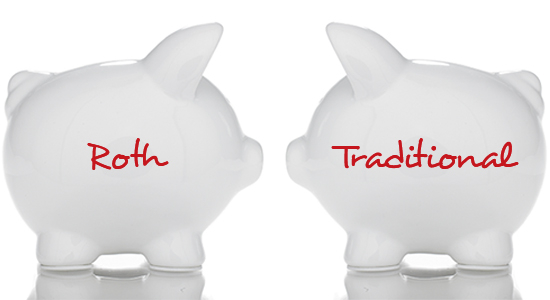Personal Banking 101: Understanding Your IRA Options
Tagged as: Retirement Planning

Personal Banking 101: Understanding Your IRA Options
Become a Member
Join 1st United Credit Union today!
Today's Rates
Don't miss out on our competitive rates.
Locations
Find a branch or ATM near you!
Subscribe to Our Blog
* Required
We appreciate your interest.

